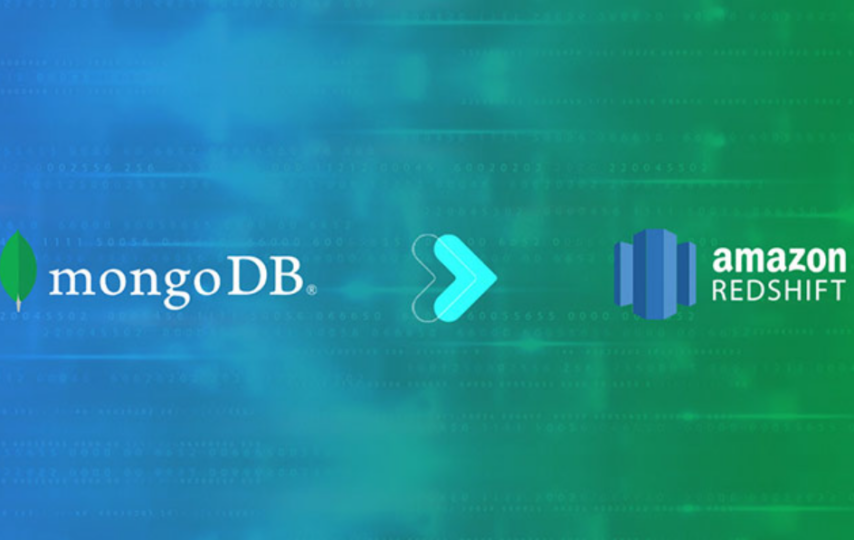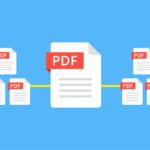Are you looking to scale up your data analytics capabilities? Do you want to leverage the power of cloud-based data warehousing solutions? How can you seamlessly migrate your MongoDB database to Amazon Redshift? In this article, we will explore the potential of MongoDB to Redshift migration and how it can revolutionize your data analysis workflows. Join us as we delve into the intricacies of this migration process and discover the benefits it can bring to your organization.
Understanding MongoDB and Redshift:
Before we dive into the migration process, let’s take a moment to understand the key differences between MongoDB and Redshift. MongoDB is a NoSQL database that excels at handling unstructured and semi-structured data. It provides flexibility, scalability, and agility, making it an ideal choice for agile development and real-time applications. On the other hand, Redshift is a powerful data warehousing solution by Amazon Web Services (AWS) specifically designed for high-performance analytics and reporting.
Why Migrate from MongoDB to Redshift?
While MongoDB is a fantastic database for certain use cases, its strengths lie in operational workloads and real-time applications. However, when it comes to complex analytical queries and reporting, Redshift’s columnar storage, parallel processing, and optimized query execution make it a superior choice. You can unlock new data analytics capabilities by migrating your MongoDB database to Redshift.
Migration Process:
- Data Schema Analysis: Analyze your MongoDB data schema and map it to Redshift’s schema design. Redshift follows a columnar storage model, so you must adapt your document-oriented schema to fit the columnar structure.
- Extract-Transform-Load (ETL): Extract your data from MongoDB and transform it into a format compatible with Redshift. This step involves data cleansing, aggregation, and mapping to match the Redshift schema. Once transformed, load the data into Redshift using efficient ETL tools like AWS Glue or custom scripts.
- Indexing and Optimization: Redshift relies on indexes to enhance query performance. Identify the key columns in your data and create appropriate indexes to speed up analytical queries. Optimize your queries, leverage Redshift’s distribution, and sort keys for further performance gains.
- Testing and Validation: Thoroughly test your data migration and ensure data integrity and accuracy. Validate the migrated data against the original MongoDB database to confirm consistency. Use query optimization techniques to validate query results between the two platforms.
Benefits of MongoDB to Redshift Migration:
- Scalability: Redshift allows you to scale your storage and compute resources as your data grows, ensuring high-performance analytics even with vast data.
- Cost-Effectiveness: By leveraging Redshift’s cloud-based infrastructure, you can significantly reduce hardware and maintenance costs associated with on-premises data warehousing solutions.
- Enhanced Query Performance: Redshift’s optimized query execution and columnar storage enable lightning-fast analytical queries, empowering data analysts and decision-makers with near-real-time insights.
- Integration with Ecosystem: Redshift integrates with other AWS services like AWS Glue, Amazon S3, and AWS Lambda, allowing you to build end-to-end data analytics pipelines.
- Cost Savings: By migrating to Redshift, you can reduce costs associated with hardware maintenance, database management, and infrastructure. Redshift’s pay-as-you-go pricing model ensures that you only pay for the resources you consume, resulting in potential cost savings.
- Advanced Analytics: Redshift provides robust analytical functions and SQL capabilities that allow you to perform complex analytics, aggregations, and transformations on large datasets. It enables you to gain deeper insights and make data-driven decisions more accurately.
- Integration with Ecosystem: Redshift integrates with other AWS services, such as AWS Glue, Amazon S3, and AWS Lambda. This integration enables you to build end-to-end data pipelines, automate data workflows, and leverage the entire AWS ecosystem for comprehensive data analytics solutions.
- Data Warehousing Capabilities: Redshift is purpose-built for data warehousing, offering features like data compression, indexing, and query optimization. These capabilities optimize storage utilization, improve query performance, and provide efficient data management for analytical workloads.
- SQL Familiarity: Redshift uses SQL as its query language, making it easy for SQL-savvy developers and analysts to transition from MongoDB’s NoSQL approach. This familiarity reduces the learning curve and facilitates a smooth migration process.
- Security and Compliance: Redshift provides robust security measures to protect your data, including encryption at rest and in transit, fine-grained access control, and integration with AWS Identity and Access Management (IAM). It also supports compliance with industry regulations such as HIPAA, GDPR, and PCI DSS.
- High Availability and Fault Tolerance: Redshift replicates data across multiple nodes in a cluster, ensuring high availability and fault tolerance. It eliminates single points of failure and minimizes the risk of data loss, providing reliable access to your analytics data.
- Support and Community: Redshift benefits from AWS’s extensive support ecosystem, including documentation, forums, and customer support. The strong community and resources make troubleshooting issues easier, finding solutions, and staying updated with the latest developments.
By migrating your MongoDB database to Redshift, you can leverage these benefits to optimize your data analytics workflows, achieve better performance, and gain deeper insights from your data.
Best Practices for MongoDB to Redshift Migration:
- Plan Ahead: Properly assess your data requirements, schema design, and migration strategy before initiating the process. Consider engaging with experts or consulting documentation to ensure a smooth transition.
- Optimize Data Transformation: Use ETL tools or scripts to transform and load data into Redshift efficiently. Implement data cleansing, aggregation, and mapping techniques to ensure data quality and integrity.
- Leverage Redshift Features: Understand and utilize Redshift’s powerful features, such as distribution keys, sort keys, and column compression, to optimize query performance and minimize storage costs.
- Monitor and Tune: Continuously monitor the performance of your Redshift cluster and fine-tune the schema, indexes, and queries to improve efficiency over time. Regularly analyze query execution plans to identify optimization opportunities.
Conclusion:
Migrating your MongoDB database to Redshift opens up possibilities for your data analytics endeavors. The scalability, cost-effectiveness, and superior query performance of Redshift can transform the way you extract insights from your data. By following the migration process outlined above, you can harness the true potential of Redshift and unlock the power of data analytics. Embrace the future of data-driven decision-making and embark on this migration journey to propel your organization to new heights.








